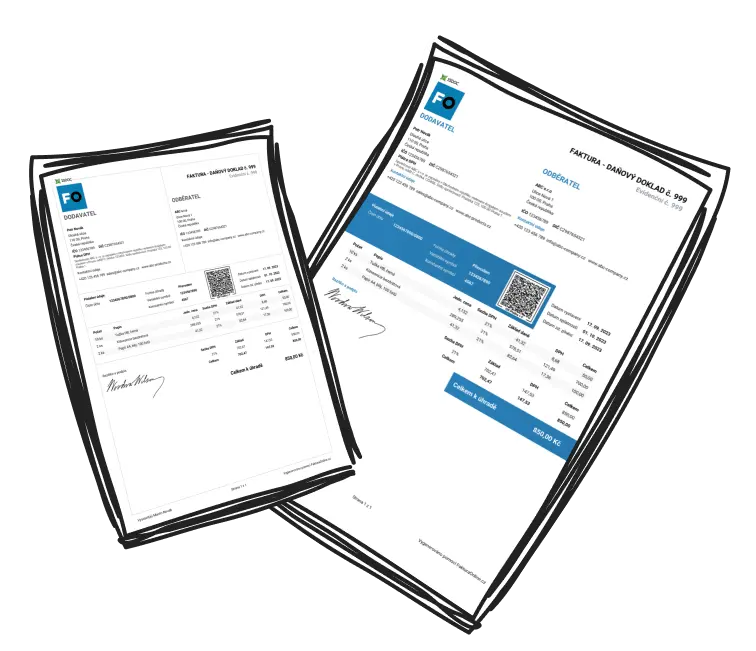In today's fast-paced business world, effective invoice management is critical to the success of any business. Whether you're just starting your business or have years of experience under your belt, properly creating and sending invoices can significantly improve your company's cash flow and strengthen client relationships. This article will show you how to do it in a few steps.
Step 1: Gather Necessary Information
Before you dive into how to send an invoice, ensure that you've collected all pertinent information. Begin with the basics: your business's name, address, and contact information, alongside those details of your client. Each invoice should have a unique number, allowing for easy tracking and reference, and don't forget to include the date of issue. Clearly outline your payment terms, such as the due date and accepted forms of payment — will you take credit card, bank transfer, or something else?
Tip: Employing a streamlined invoice template is crucial when figuring out how to send an invoice with a consistent and professional format across all client interactions.
Step 2: Create a Clear and Professional Invoice
Your invoice should not only be informative but also visually appealing and professional. A clean design that reflects your brand can make a significant impression, reinforcing your commitment to professionalism. For instance, using your business logo and maintaining a consistent color scheme aligns with your brand identity.
Example: Remember, when focusing on how to send an invoice that resonates with clients, compelling visuals play a critical role in the design.
Step 3: Communicate Payment Details Clearly
On your invoice, include any taxes, discounts, and the total amount due to eliminate any potential confusion. Be explicit about where each figure comes from to ensure full transparency. Part of knowing how to send an invoice effectively includes offering a variety of payment options to cater to diverse client preferences and facilitate a faster payment cycle.
Example: Popular payment methods include PayPal, direct bank transfers, or credit card. For even greater efficiency, consider using InvoiceOnline to create various types of invoices, from advance to VAT payer/non-payer, quickly and securely in your browser.
Step 4: Choose the Appropriate Sending Method
Deciding how to send your invoice is crucial. While digital options like email or invoicing platforms are efficient and eco-friendly, some clients might prefer a more traditional route such as postal mail. If face-to-face interactions are standard in your business dealings, personal delivery of an invoice might be the best option.
Tip: To avoid future complications, initiate conversations about invoice preferences at the outset of your client relationship—this is a vital part of the process when you learn how to send an invoice.
Step 5: Encourage Prompt Payment
Sometimes, clients need a nudge to make timely payments. Providing a small discount for early payments or implementing a smart reminder system can be excellent strategies when you're learning how to send an invoice to promote expedited settlements.
Tip: Automating your invoicing process with digital tools can streamline payment reminders and keep track of outstanding invoices, freeing up more of your time for business-critical activities.


